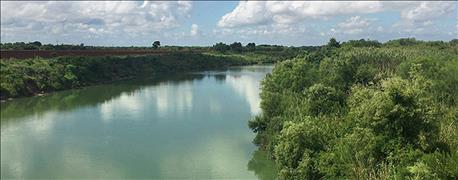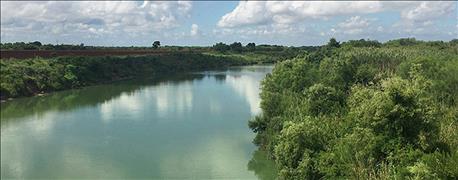
A new approach has been integrated into the Conservation Stewardship Program, making it more user-friendly by replacing a system of payment calculations farmers had a hard time understanding, says Mark Rose, director of Financial Assistance Programs with the Natural Resources Conservation Service.
“We took feedback from across the country, from customers and partners, to make a good program better,” he says.

USER-FRIENDLY: The Conservation Stewardship Program has been revamped to help producers early in the process.
It’s now easier to identify resource concerns applicants meet or do not meet at time of application, he says. “We have a new tool to determine if applicants meet the minimal requirements at the beginning. There’s also more flexibility to incorporate and address local resource concerns and prioritize them,” he says.
The goal is to have more engagement between producer and an NRCS planner at the time of application, designed to save both farmer and NRCS field staff time.
CSP allows ag producers and forest landowners to earn payments for actively managing, maintaining and expanding conservation activities, such as cover crops, rotational grazing, ecologically-based pest management, buffer strips and pollinator habitat, while maintaining active ag production. CSP also encourages the adoption of cutting-edge technologies and new management techniques, such as precision agriculture applications, on-site carbon storage and planting for high-carbon sequestration, and new soil amendments to improve water quality.
The program includes 8 million acres nationally, with a goal of 10 million by 2018.
Payments are made not only for new and additional conservation practices on the farm, but also for maintaining existing conservation practices that meet a stewardship level at the time of application.
CSP is for producers who have already been implementing conservation practices on their land. “Producers who have participated in the Michigan Agriculture Environmental Assurance Program (MAEAP) or NRCS’ Environmental Quality Incentives Program would have already implemented conservation practices and should look at CSP as the next step,” says Abby Smith, CSP coordinator for Michigan. “CSP offers enhancements for those practices. For example, if you have been practicing nutrient management on your farm, CSP offers an enhancement to reduce nutrient losses to surface water by utilizing precision agriculture technology or improving nutrient uptake efficiency.”
Smith says the No. 1 question she gets from farmers is ‘What do I get paid for and how much?’”
Using the new Conservation Activity Evaluation Tool, producers will see potential payment scenarios for conservation practices early in the process. “We are reinventing the program, making it more accessible and transparent,” Rose adds.
The makeover also nearly doubles enhancement and conservation practice opportunities, taking advantage of emerging trends and practices to be more responsive to producers’ goals and capabilities.
“Contracts are for five years and must include all eligible land in the producers operation,” explains Smith.
A new enrollment period with these upgrades runs through Feb. 3. Sign-up is continuous, but producers will need to apply by that date to compete in the current round of funding. Applications will be evaluated soon after, and selections will be made in the spring, according to Smith. Applications are prioritized and chosen by considering national, state and local natural resource objectives.
Unlike some other traditional programs, CSP pays for comprehensive, conservation performance — the higher the performance, the higher the payment. Contracts will be developed and in place by the summer.
As an extra incentive, NRCS increased the minimum annual payment from $1,000 to $1,500. CSP also offers bundles, where a suite of enhancements can be selected for an even higher payment. The maximum annual incentive payment is $40,000, with a $200,000 cap for the five-year contract, which can be renewed with additional enhancements.
Visit nrcs.usda.gov/csp.
About the Author(s)
You May Also Like






